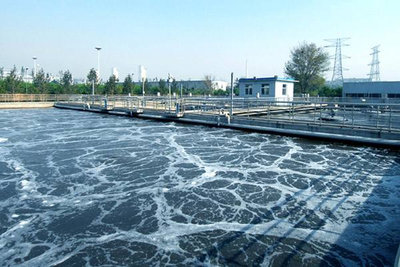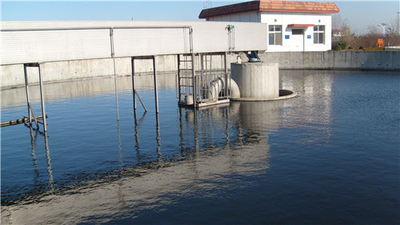Welldone Chemical Group Polyacrylamide: Enhancing Flocculation in Wastewater TreatmentWelldone Chemical Group. As a leading global provider of polyacrylamide (PAM) products and wastewater treatment technology, we are excited to delve deeper into the role of polyacrylamide in enhancing flocculation and improving pollutant removal in wastewater applications. Understanding Flocculation Flocculation is a critical process in wastewater treatment, where fine particles are agglomerated into larger clusters known as ""flocs."" This process is essential for effectively removing suspended solids, colloids, and various contaminants in wastewater, thereby improving effluent quality. Traditional flocculants often struggle with efficiency and specificity, making it crucial to explore more effective solutions such as polyacrylamide. The Role of Polyacrylamide in the Flocculation Process Polyacrylamide is a versatile synthetic polymer that exists in various forms, including anionic, cationic, and non-ionic variants, allowing it to adapt to a wide range of wastewater treatment scenarios. Here's how PAM enhances the flocculation process:
Significant Improvement in Pollutant Removal Numerous studies and real-world applications have demonstrated that the use of polyacrylamide significantly improves the removal efficiency of various pollutants in wastewater. For instance, in industrial wastewater treatment, applying PAM can lead to reductions in:
At Welldone Chemical Group, we recognize the transformative potential of polyacrylamide in the realm of wastewater treatment. By enhancing the flocculation process, our PAM products significantly improve pollutant removal, setting new standards for efficiency and effectiveness in wastewater management. We are committed to providing comprehensive technical support and customized solutions tailored to the specific needs of our clients. For more information about our polyacrylamide products and how they can enhance your wastewater treatment processes, please reach out to our experts or visit our website. Together, we can pave the way for cleaner water and a more sustainable future!
Article classification:
Application
|


